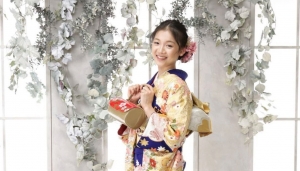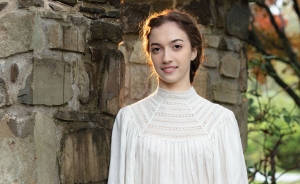Ancient Lifehack: Shipshape Posture for Tiptop Health
I really appreciate it when the teacher grabs my head from behind the ears, and pulls it toward the ceiling till I’m about to pop. Really. She’s actually fixing my posture and helping me look the straightest and most energetic I can be. (I’ll show you how later, so you can too!)
Poise for All
Physiologists will tell you that good posture saves you from the unpleasantness of sore bones, joints, and muscles. It even affects organ function, blood pressure, and respiration. Life coaches would emphasize its importance for looking bright and confident.
For classical Chinese dancers, perfect posture is the best indication of professionalism. It’s step one of every newbie’s basic training, and it is still emphasized without end our entire careers.
An age-old adage says: to create wonderful work, an artisan needs the best tools. Impeccable posture is like a beautiful blank canvas. Not only is it a great starting point for the countless poses and movements of classical Chinese dance, it also makes us appear inches taller and pounds slimmer.
In ancient China, as in some Western cultures, proper posture was indispensable in mastering etiquette and a crucial part of primary education. Traditional primers like the Book of Rites (禮記) and Standards for Being a Good Student and Child (弟子規) include detailed instructions and examples of how every educated person must kneel and stand.
Through traditional Chinese medicine, folks knew the terrible consequences of bad posture clogging up vital energy channels throughout their bodies. Posture, back then, was no slouching matter.
And so here are some tips for being plumb, and not plump:
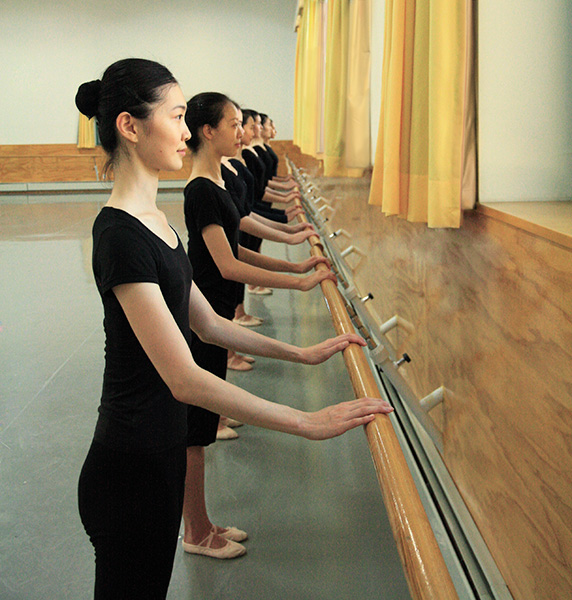
1. The Most Valuable Standing
Everyday in dance class, we spend five minutes just standing. This is no ordinary standing, though—it’s the most valuable standing we do all day.
Basically, you stretch vertically as tall as you can: really press down with your feet while reaching towards the ceiling with the top of your head. No tensing up, though. Oh, remember to breathe.
Here are step-by-step instructions:
Stand with your feet together. Keep your knees straight and heels together, with toes pointing out forming a natural V. Have your legs touching as much as possible without tensing your quads. Don’t sink toward the floor¬— pick yourself up by the spine. Close the front of your ribcage and draw in your abdomen. Pull your shoulder blades down, while extending your shoulders out, straight to the sides. Hold your head and neck straight, as if the crown of your head is trying to go through the ceiling.
2. Wall of Honor
An easy self-check is to stand against a wall. Back up so your head, shoulders, and glutes are all touching the wall (but not necessarily your heels if it’s uncomfortable). Try to get your neck within one inch and the small of your back within two inches. Stay here a few minutes a day to help your body memorize the feeling of standing straight.
3. Take a Glimpse
Every time you walk past a mirror, instead of making sure your teeth are clean or hair is fab (although you can still do that), see if your posture is nice! Eyeball yourself: is there a straight line running from your ear through your shoulder, hip, knee, and ankle? Then see that your hips and knees are level, and shoulders squared.
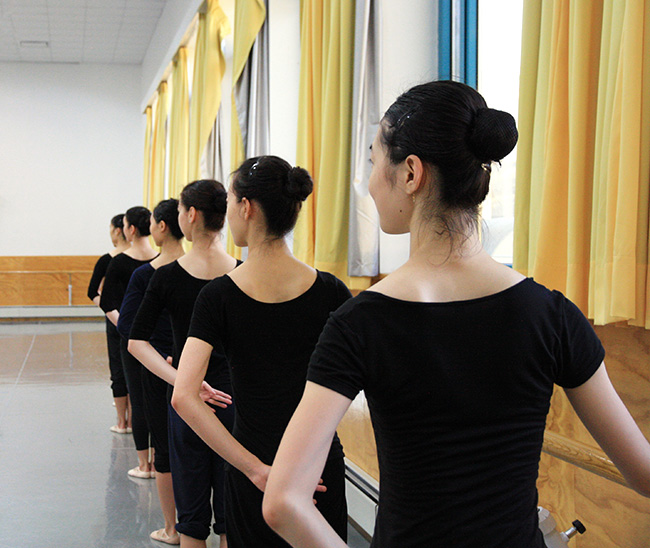
4. Imagine That!
You can work on posture anywhere. Whenever you feel like a blob, visualize a string running through your spine and pulling you up.
5. Sitting Duck to Bad Form?
Victims of the sitting epidemic: protect your posture in the office, car, or on the living room couch. Make sure to sit back against your chair (prevents slouching or leaning), and place your feet evenly on the floor or footrest.
Traditional Chinese medicine also believes that long-term sitting hinders blood flow, stagnates qi, and harms organ health. And so, even with the most ergonomic seat and workstation, try to get up to stretch and move whenever possible. If you feel discomfort, it’s time to up and limber. Get some water, roll your neck around, rise up on your tiptoes, or do some jumping jacks.
6. Go Retro
Since in China chairs didn’t become popular until the 12th century, for most of their history, Chinese people considered sitting terribly barbaric. Proper kneeling was the way to go, and a good sign of discipline and decorum.
Kneeling (sitting on your heels) discourages slouching and curbs arthritis in the knees. According to traditional Chinese medicine, it also stimulates the many tendons around the knee, and vitalizes a key energy pass that aids the stomach, spleen, and liver, known as Foot Three Miles.
Straightening up can really help straighten things out. So give it a try and see if you feel tiptop too.
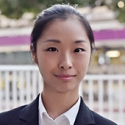
Betty Wang
Contributing writer
July 30, 2015





